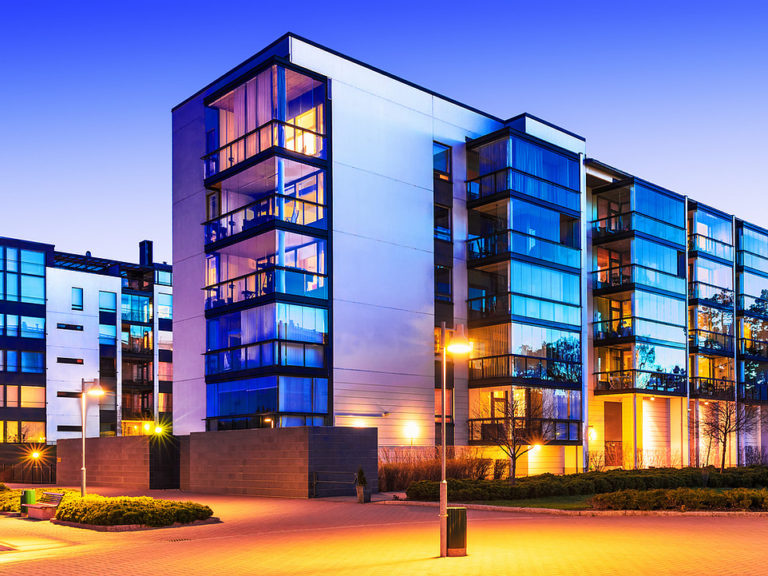The first two quarters in 2020 have brought significant changes to the multifamily market in the United States. According to CoStar, demand for multifamily housing in the second quarter was the “weakest second quarter reading in a decade.” This could be due to several factors, many of which are COVID-related.
Regardless of the reasons, there have been winners and losers when it comes to the shift in multifamily demand. The winners appear to be “properties in the suburbs and in affordable regional markets.” The losers, on the other hand, have been properties located in the Central Business Districts (CBD) of many of the major cities. The “shifts in demand have sent the overall vacancy rate in downtown CBD communities sharply higher to nearly 10% (9.6%)” while suburban vacancy “actually fell a little in the second quarter to 6.8%, which includes new construction.
Some suburban markets have fared better than others. The top five markets posting the largest increases in stabilized occupancy over the past two quarters have been Memphis, Richmond, Norfolk, Salt Lake City, and Indianapolis while those posting the largest decreases in occupancy were Nashville, Boston, Palm Beach County, Los Angeles, and San Francisco. It should be noted that all but two of the top twenty markets posting decreases in occupancy were located in CBDs.
Rent trends are showing similar results. Many suburban markets have increased in rents from 1%-to-3% while CBD markets have decreased in rents from 3%-to-10%. Because of weak second quarter demand, about 25% of suburban properties and nearly 50% (47%) of CBD properties were offering concessions. To exacerbate this problem, NMHC Rent Payment Tracker showed that for the four months of April through July, the average percentage of renters actually paying rent declined 2.8% from 95.9% in 2019 to 93.1% in 2020.
What do these shifts in demand in the U.S. multifamily housing markets mean for the future? Is there a permanent shift away from renters living in the CBD of major U.S. cities to the suburbs? Only time will tell if this pandemic has caused renters to rethink their choice in housing, but for now second quarter results show a disconcerting trend if you are a developer building in a CBD of a major city. More than 600,000 units are under construction, with 400,000 expecting to be delivered over the next 18 months.
If you are a developer or an investor betting primarily on demand remaining high in the Central Business Districts, you may want to rethink your strategy. For now, demand in multifamily housing is clearly moving to the suburbs.





